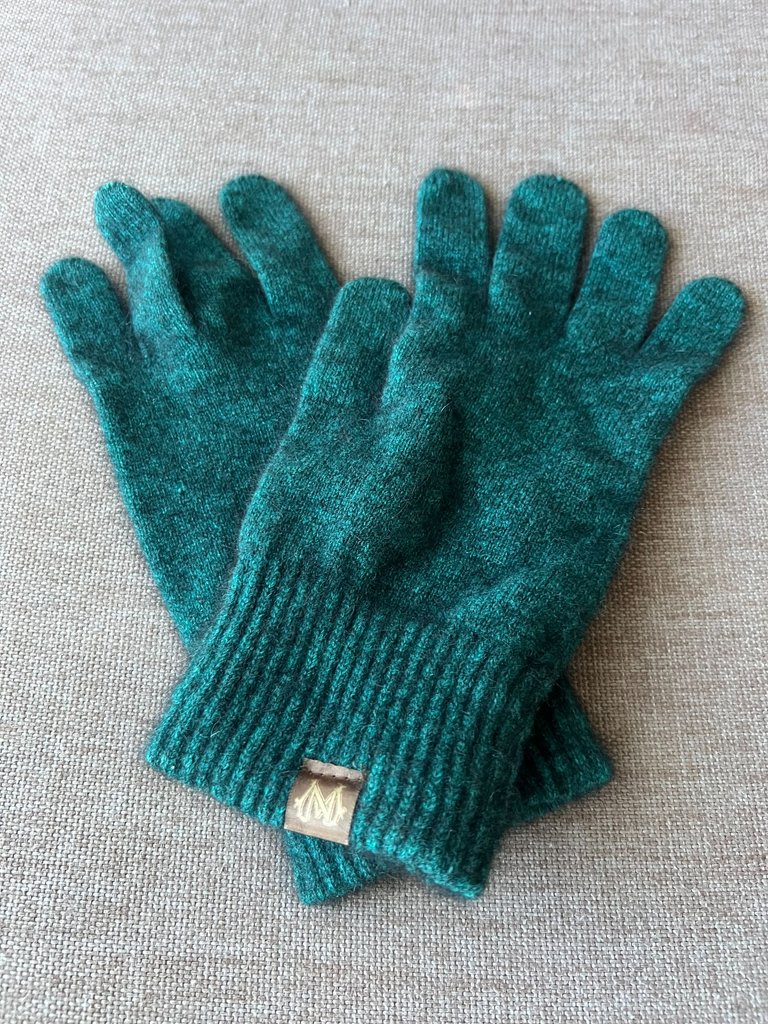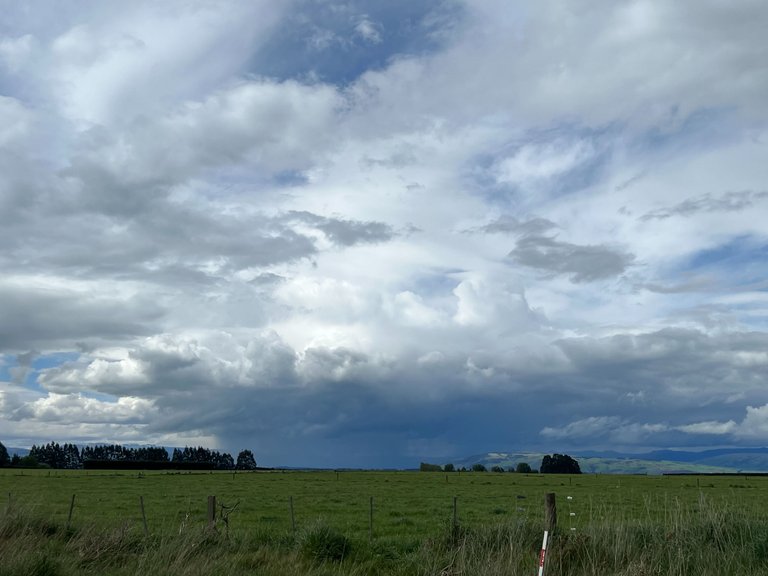When you're away from the major cities of New Zealand, not a day goes by without seeing sheep. And not a week seems to go by without getting rainfall of sort.

The presence of sheep is the result of imported animals that thrive on the landscape. While the ratio of sheep to humans has exceeded 10:1 in the past, it's currently 5:1 and shrinking. Environmental impact and the public's concerns over how the animals are treated and genetically manipulated has reduced market demand. The government has reduced and eliminated sheep farming subsidies, while supporting the shift to more environmentally desirable sources of income.
One such market has been the mixing of merino sheep wool with possum fur for clothing. Possum, like sheep, also came with colonization by the English, as did rats, rabbits, ferrets and stoats, all of which have harmfully attacked the native animals and ecosystems for decades. As possum are trapped and exterminated, their fur is blended with merino wool to create soft, lightweight clothing. I bought a pair of gloves made from such, and they're amazing!

Precipitation is also a recurring event, often as passing mild mists. It's not unlike Seattle in that regard, which is sometimes referred to as America's car wash. During this springtime trip, it was often so light that a jacket or hoodie wasn't even necessary. It's what keeps this land and it's unique foliage so green, and why there are dozens of fern types growing abundantly.

Today's travels were from the southeastern coastal city of Dunedin to the southwestern city of Te Anau. The rolling farmlands of the Otago and Southland were an idyllic pleasure to drive through, and also included a stretch of roadway that benefited from American politics. The Clinton to Gore Road connects two long-standing towns of those names. Former President Clinton even visited, creating quite the social event.